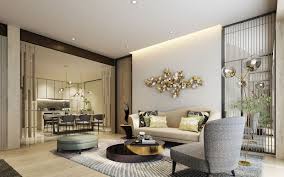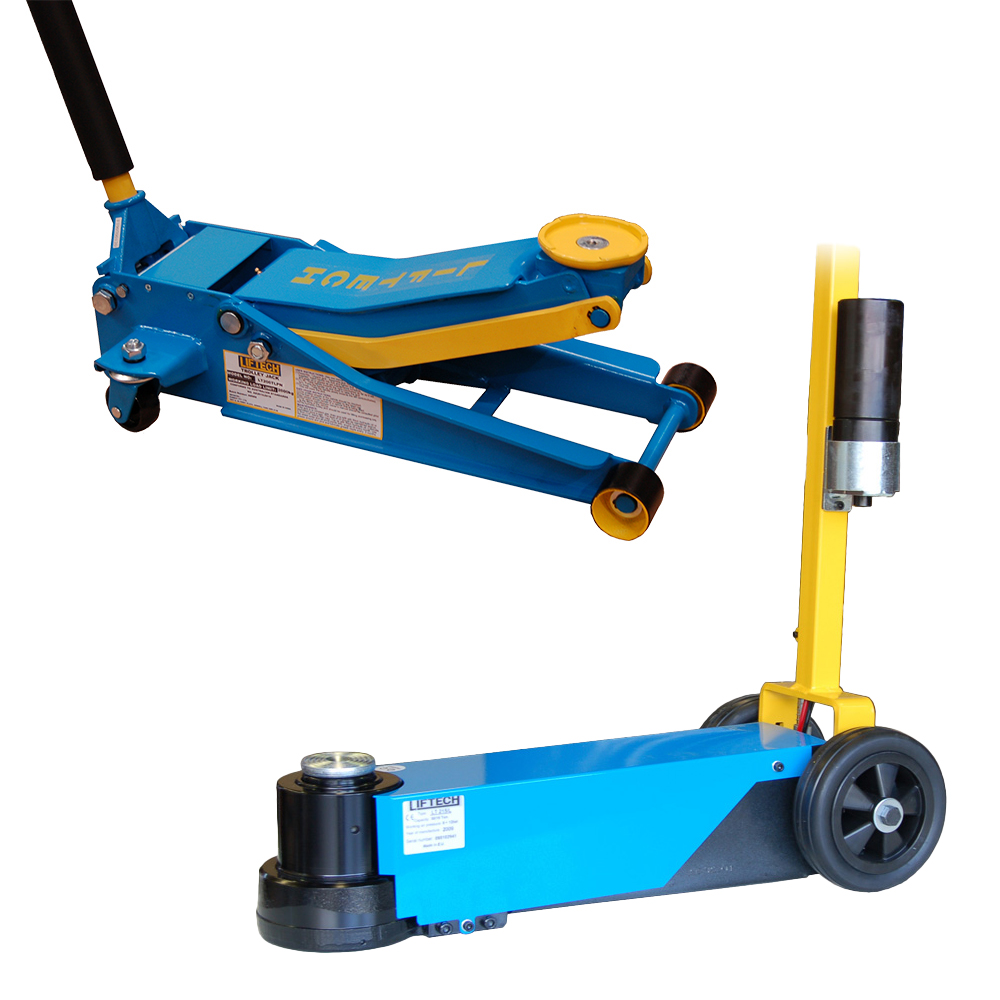An interior designer does more than decorate a space. They create environments that reflect personality, enhance functionality, and inspire comfort. In today’s world, where people value both aesthetics and practicality, the role of an interior designer has become essential. Whether it’s designing a home, office, or commercial property, a professional designer brings creativity and expertise that transform ordinary rooms into extraordinary spaces.
The Role of an Interior Designer
Interior designers balance beauty with functionality. They plan layouts, select color schemes, choose furniture, and ensure the space is practical for its intended use. From residential apartments to luxury villas, designers analyze every detail to ensure harmony between form and purpose.
Their work often goes beyond selecting fabrics or paint. Designers consider lighting, space flow, materials, and ergonomics. The goal is to create spaces that are not only visually appealing but also comfortable and efficient.
Why Hire a Professional Interior Designer?
Hiring an interior designer offers several advantages. First, they save time and reduce stress. Many property owners struggle with choosing the right styles or finding reliable contractors. A designer manages these challenges by coordinating everything from concept to completion.
Second, designers bring access to resources. They have connections with suppliers, furniture makers, and artisans, which ensures quality and unique designs. They can also suggest cost-effective solutions without compromising on elegance.
Finally, an interior designer adds value to your property. A well-designed space increases aesthetic appeal and enhances market value. Whether for personal enjoyment or investment purposes, professional design is always a worthwhile choice.
Interior Design Styles and Trends
Interior design is ever-evolving, reflecting cultural shifts and modern preferences. Some popular styles include:
- Modern Design – Clean lines, neutral colors, and minimal clutter.
- Contemporary Design – A mix of current trends with sleek finishes.
- Classic Elegance – Timeless elements with luxurious touches.
- Bohemian Style – Vibrant colors, patterns, and artistic expressions.
- Industrial Look – Raw textures, exposed brick, and metallic finishes.
Designers often blend styles to create personalized environments. The best spaces reflect the personality and lifestyle of the people living or working in them.
Residential Interior Design
Home is where comfort matters most. Interior designers transform houses into welcoming sanctuaries. They design living rooms that encourage gatherings, kitchens that inspire cooking, and bedrooms that promote relaxation.
Every detail, from lighting fixtures to flooring, is carefully selected to match the homeowner’s taste. Designers also focus on storage solutions, maximizing space without compromising style. Smart layouts ensure convenience while maintaining elegance.
Commercial Interior Design
Businesses also benefit from professional interior design. Offices, restaurants, and retail stores require functional yet attractive interiors. A well-designed office boosts productivity and improves employee well-being. Restaurants with creative interiors attract more customers, while retail stores use design to enhance shopping experiences.
Interior designers understand these needs. They tailor designs to align with business goals, whether it’s creating an inspiring workplace or a customer-friendly store.
The Process of Interior Design
Designing a space involves several key stages:
- Consultation – Understanding the client’s vision, lifestyle, and needs.
- Concept Development – Creating mood boards, layouts, and design ideas.
- Material Selection – Choosing colors, fabrics, furniture, and finishes.
- Execution – Coordinating contractors and overseeing the project.
- Final Touches – Styling the space with décor and accessories.
Each stage requires collaboration between the designer and client. This ensures the final outcome reflects both professional expertise and personal taste.
Sustainability in Interior Design
Modern interior designers also focus on sustainability. Eco-friendly materials, energy-efficient lighting, and recycled elements are increasingly popular. Sustainable design not only benefits the environment but also creates healthier living spaces.
From bamboo flooring to non-toxic paints, designers are finding creative ways to merge style with responsibility. Clients who care about the environment can enjoy interiors that are both elegant and ethical.
How to Choose the Right Interior Designer
Selecting the right designer is crucial for achieving your dream space. Consider the following factors:
- Portfolio – Review previous projects to understand their style and quality.
- Experience – Choose a designer with expertise in your type of project.
- Communication – Ensure they understand your vision and listen to your ideas.
- Budget – Discuss pricing and make sure it aligns with your financial plan.
A successful partnership depends on trust, creativity, and clear communication.
Conclusion: The Power of Good Design
An interior designer brings more than creativity; they bring vision, skill, and attention to detail. By combining beauty with functionality, they create spaces that inspire, comfort, and impress. Whether you are designing a dream home or elevating a business environment, hiring a professional interior designer ensures your space reflects your personality, values, and lifestyle.
A well-designed space is not just about looks—it’s about how it makes you feel. That is the true power of interior design.


